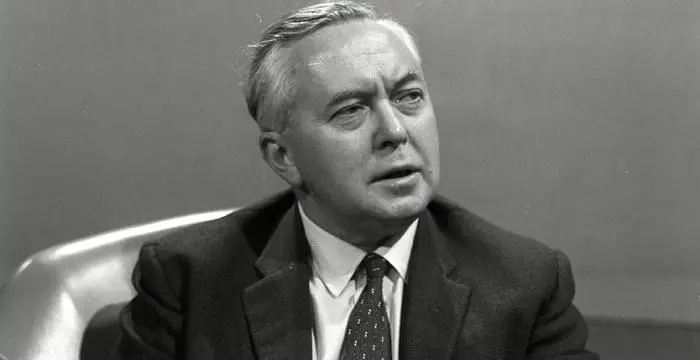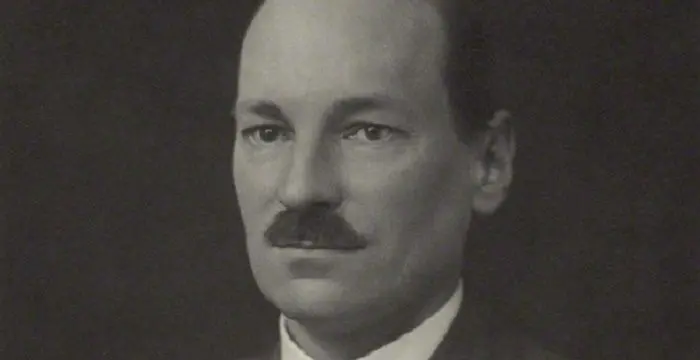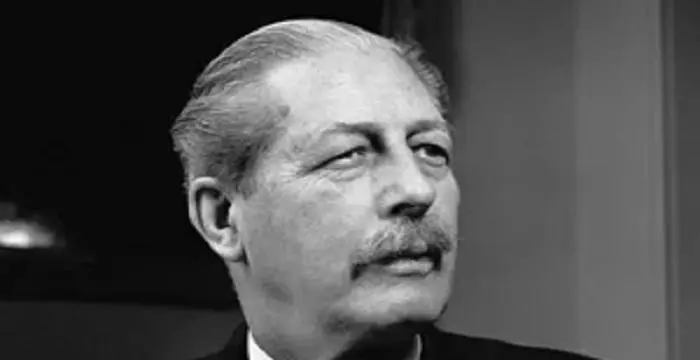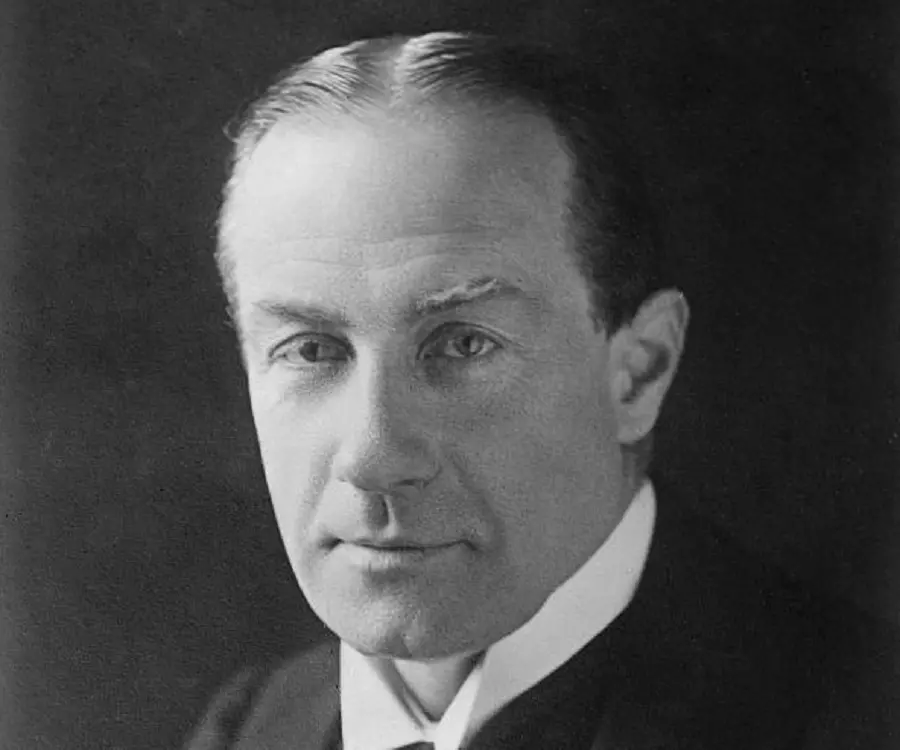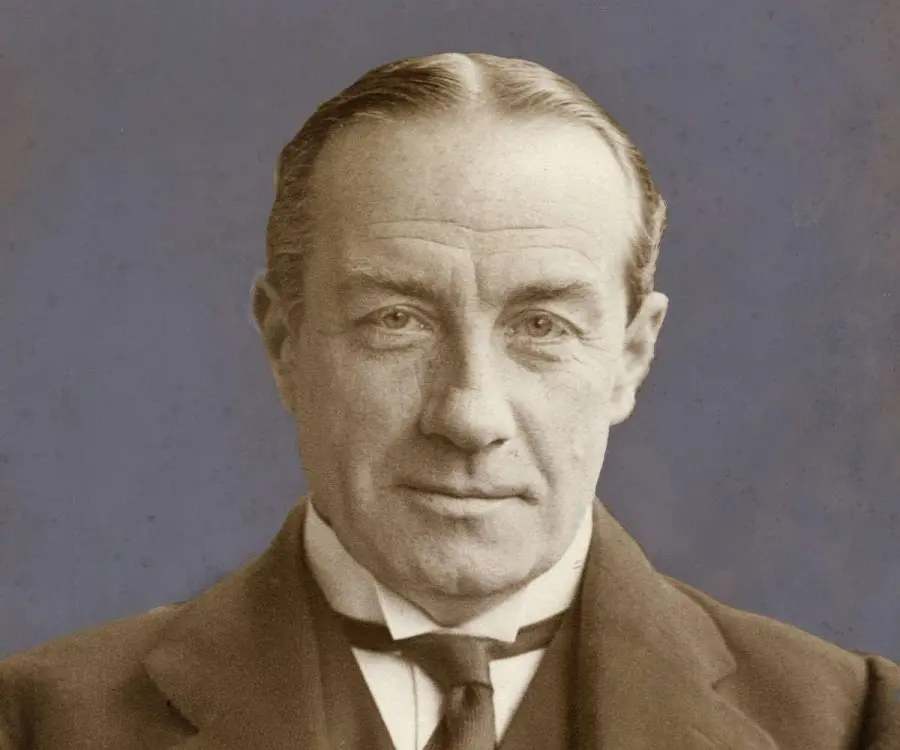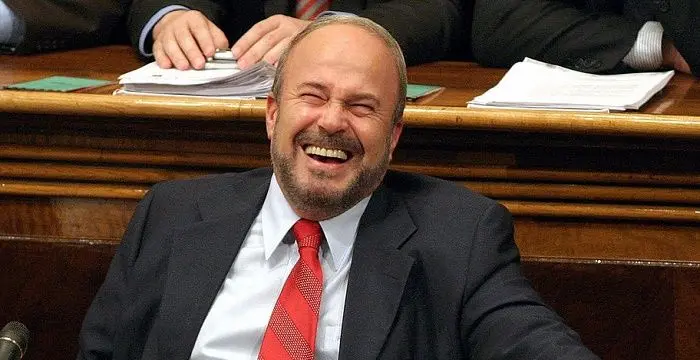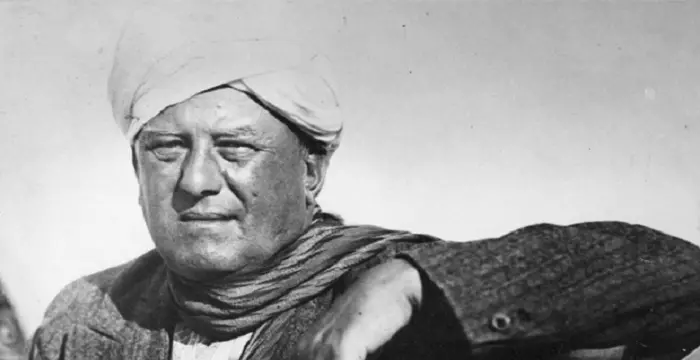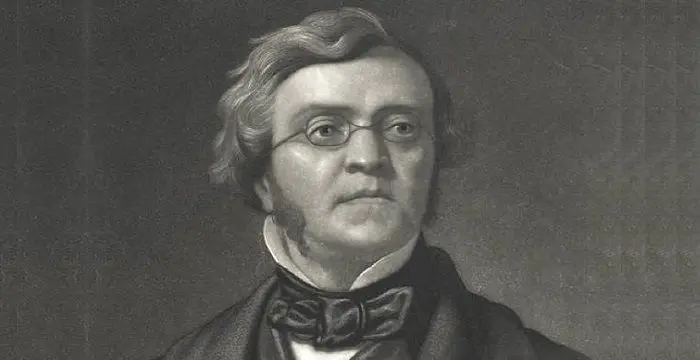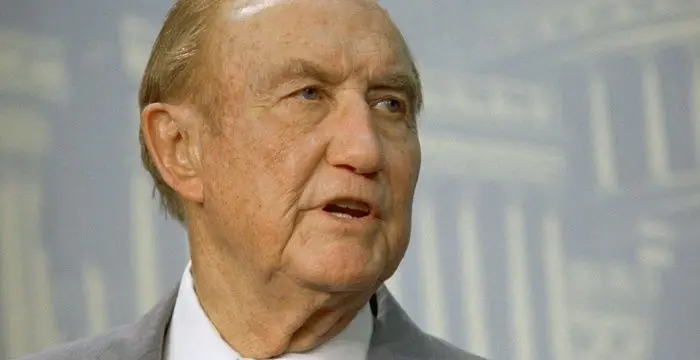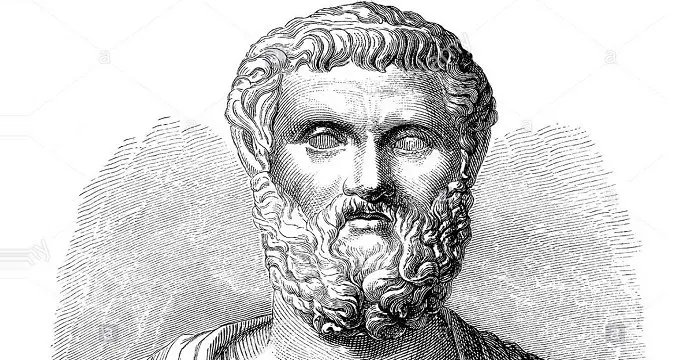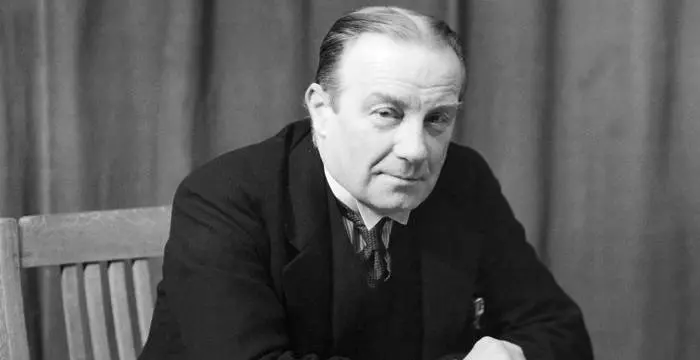
Stanley Baldwin - Former British Prime Minister, Life Achievements and Family
Stanley Baldwin's Personal Details
Stanley Baldwin was a British Conservative Politician and three times Prime Minister of Great Britain
| Information | Detail |
|---|---|
| Birthday | August 3, 1867 |
| Died on | December 14, 1947 |
| Nationality | British |
| Famous | Trinity College, Cambridge, Leaders, Political Leaders, Prime Ministers, Former British Prime Minister |
| Hobbies | Sports, Games |
| Spouses | Countess Baldwin of Bewdley, Lucy Baldwin |
| Childrens | 2nd Earl Baldwin of Bewdley, 3rd Earl Baldwin of Bewdley, Arthur Baldwin, Oliver Baldwin |
| Universities |
|
| Notable Alumnis |
|
| Birth Place | Bewdley |
| Political Ideology | Political party - Conservative |
| Religion | Anglicanism, Church of England |
| Gender | Male |
| Father | Alfred Baldwin |
| Sun Sign | Leo |
| Born in | Bewdley |
| Famous as | Former British Prime Minister |
| Died at Age | 80 |
// Famous Former British Prime Minister
Harold Wilson
Harold Wilson was a British Labour politician who served twice as the Prime Minister of United Kingdom. Check out this biography to know about his birthday, childhood, family life, achievements and fun facts about him.
Clement Attlee
Clement Richard Attlee was a British Labour Party politician and Britain’s first post-World War II Prime Minister. This biography provides detailed information about his childhood, life, achievements, works & timeline
Harold Macmillan
Harold Macmillan was an English statesman from the ‘Conservative Party’ who served as the Prime Minister of the UK from 1957 to 1963. Check out this biography to know more about his childhood, family, personal life, career, etc.
Stanley Baldwin's photo
Who is Stanley Baldwin?
Stanley Baldwin, 1st Earl Baldwin of Bewdley, KG PC FRS was a British Conservative Politician who served as the Prime Minister three times between 1923 and 1937. He headed the government between the two world wars, during the General Strike of 1926 and the abdication crisis of 1936. Baldwin hailed from a family of wealthy industrialists and he helped his father create what was one of Britain’s largest iron and steel firms, Baldwins Ltd. His mother’s family had artistic and literary interests and she was the first cousin of the writer and poet Rudyard Kipling. Baldwin didn’t possess any political cunning but he made up for it through his values of probity, charity and conciliation, which easily struck chords with the British public. The image that he has left behind is that of an avuncular figure and the epitome of British middle-class moderation against a turbulent and menacing European world. He wasn’t designated or popular as a great thinker as he had to share the stage with the likes of Lloyd George, Winston Churchill and Neville Chamberlain, but he was adept in acting decisively like in the passing of the 1936 Public Order Act
// Famous Prime Ministers
Edi Rama
Edi Rama is the current Prime Minister of Albania. Check out this biography to know about his childhood, life, achievements, works & timeline.
Leo Varadkar
Cam Leo Varadkar is the current Taoiseach—the Prime Minister—of the Republic of Ireland. Check out this biography to know about his childhood, family life, achievements and other facts about his life.
Fatos Nano
Fatos Nano is an Albanian politician who served as Prime Minister of Albania for several times. Check out this biography to know about his childhood, life, achievements, works & timeline.
Childhood & Early Life
Stanley Baldwin was born on August 3, 1867 in Worcestershire, England, to Alfred Baldwin and Louisa Baldwin. His family owned iron and steel making business.
He received his schooling from St. Michael’s and the Harrow School and then went onto the Trinity College, University of Cambridge to study history. He was in the college’s debate team (Magpie & Stup), but was asked to resign as he never spoke up and he returned home with a third-class degree.
At home he began helping in the family business and then attended Mason College (now University of Birmingham) for a while.
He was a Second Lieutenant at Malvern’s Artillery Volunteers in his teens and in 1897 he became Worcestershire County’s Justice of the Peace.
Career
In 1908, Stanley Baldwin was elected as the Conservative Member of Parliament (MP) for Bewdley, a post previously held by his father.
He became the Parliamentary Private Secretary to the party leader Andrew Bonar Law during the First World War and in 1917 he was named the Financial Secretary to the Treasury. In this position he did tremendous work to arrange funds for repaying UK’s war debt.
In the 1920 Birthday Honors he was elevated to the Privy Council and a year later he was promoted to the Cabinet as President of the Board of Trade.
At a meeting of Conservative MPs Stanley Baldwin expressed his views that the party’s coalition with Liberal David George was bringing nothing but bad news for the party and soon the coalition was broken. The Conservative party, now in dearth of Cabinet ministers, promoted Baldwin to the Chancellor of the Exchequer.
The Conservative Party won the 1922 general elections and Andrew Law became the Prime Minister, but within a year he was diagnosed with terminal cancer and he retired. The two available options to succeed Law were Lord Curzon and Stanley Baldwin, a choice that fell upon King George V, who chose Baldwin
Stanley Baldwin became the Prime Minister for the first time in 1923 and called a general election to seek approval and support for the government’s plans to introduce protective tariffs and trade protection in order to reduce unemployment. He failed to retain a majority and Ramsay Macdonald’s first labor government came to power.
For the next 10 months, Baldwin supported MacDonald’s government on a couple of issues, but decided to vote against them over the Russian treaties. In the 1924 general elections the Conservatives won with a huge majority and Baldwin became the Prime Minister again.
In order to find a solution to the nation-wide problem of electricity he created a committee which was headed by Lord Weir. The remedy provided was the creation of the Central Electricity Board, which successfully increased the output and number of consumers and decreased the generating costs.
During his term, came the Widows, Orphans and Old Age Contributory Pensions Act of 1925. The act provided a pension of 10 shillings a week for widows, and more if they had children, and 10 shillings a week for insured workers and their wives at 65 years of age.
Under his tenure the government even endured the General Strike of 1926 which created pandemonium in the UK. A year later he passed the Trade Disputes Act which made general strikes illegal.
The 1929 general elections were won by the Labor party and Baldwin endured a severe party crisis, with attempts to force his resignation as party leader. In 1931 he returned to the government as a member of Ramsey’s National Coalition and in 1935 he became the PM again when Ramsey resigned.
In 1936 King Edward VIII expressed his wish to marry the divorcee Wallis Simpson. This was unacceptable to the royal family and the king was given the choice of renouncing her or abdicating the throne. He chose to abdicate in December 1936. Baldwin’s management of this abdication crisis was highly praised and he regained his popularity.
King Edward VIII was succeeded by his brother, George VI and after his coronation Baldwin announced his retirement. His last act was raising the salaries of MPs and also giving the leader of opposition a salary.
Major Works
Stanley Baldwin’s political career had several highlights. He was given credit for sustaining the government peacefully and successfully through the turbulent times of the 1926 General Strike and a year later when the government passed the 1927 Trades Disputes Act to restrict the interference of the power unions.
The work that let him bid a happy adieu was the successful abdication of King Edward. The king wished to marry Wallis Simpson, a woman thoroughly despised by Baldwin and distrusted by the government. Even the citizens wouldn’t have tolerated a 2-time divorced woman as their queen. Baldwin understood the dicey equation and asked the king to chose the path that would rebuild the constitutional integrity and love for the king or quit the throne altogether. This bold and outright proclamation raised the status of Baldwin amongst the citizens.
Awards & Achievements
After retirement, Stanley Baldwin was created Earl Baldwin of Bewdley and Viscount Corvedale, of Corvedale in the county of Shropshire and was created a Knight of the Garter (KG).
Personal Life & Legacy
Stanley Baldwin married Lucy Ridsdale on September 12, 1892 and together they had six children, Diana Lucy, Leonara Stanley, Pamela Margaret, Oliver Ridsdale, Esthera Louisa and Arthur Windham.
He passed away in his sleep at Astley Hall in Worcestershire on December 14, 1947 and was cremated at the Golders Green Crematorium.
// Famous Trinity College, Cambridge
Isaac Newton
Isaac Newton was an English scientist and mathematician, who discovered gravitation and Newtonian Mechanics. Read this biography to find more on his life.
Aleister Crowley
Aleister Crowley was an occultist and ceremonial magician who founded the ethical philosophy of Thelema. This biography of Aleister Crowley provides detailed information about his childhood, life, achievements, works & timeline.
William Makepeace Thackeray
William Thackeray was an English novelist and satirist. Read this brief biography to find more on his life & timeline.
Stanley Baldwin biography timelines
- // 3rd Aug 1867Stanley Baldwin was born on August 3, 1867 in Worcestershire, England, to Alfred Baldwin and Louisa Baldwin. His family owned iron and steel making business.
- // 12th Sep 1892Stanley Baldwin married Lucy Ridsdale on September 12, 1892 and together they had six children, Diana Lucy, Leonara Stanley, Pamela Margaret, Oliver Ridsdale, Esthera Louisa and Arthur Windham.
- // 1897He was a Second Lieutenant at Malvern’s Artillery Volunteers in his teens and in 1897 he became Worcestershire County’s Justice of the Peace.
- // 1908In 1908, Stanley Baldwin was elected as the Conservative Member of Parliament (MP) for Bewdley, a post previously held by his father.
- // 1917He became the Parliamentary Private Secretary to the party leader Andrew Bonar Law during the First World War and in 1917 he was named the Financial Secretary to the Treasury. In this position he did tremendous work to arrange funds for repaying UK’s war debt.
- // 1920In the 1920 Birthday Honors he was elevated to the Privy Council and a year later he was promoted to the Cabinet as President of the Board of Trade.
- // 1922The Conservative Party won the 1922 general elections and Andrew Law became the Prime Minister, but within a year he was diagnosed with terminal cancer and he retired. The two available options to succeed Law were Lord Curzon and Stanley Baldwin, a choice that fell upon King George V, who chose Baldwin
- // 1923Stanley Baldwin became the Prime Minister for the first time in 1923 and called a general election to seek approval and support for the government’s plans to introduce protective tariffs and trade protection in order to reduce unemployment. He failed to retain a majority and Ramsay Macdonald’s first labor government came to power.
- // 1924For the next 10 months, Baldwin supported MacDonald’s government on a couple of issues, but decided to vote against them over the Russian treaties. In the 1924 general elections the Conservatives won with a huge majority and Baldwin became the Prime Minister again.
- // 1925During his term, came the Widows, Orphans and Old Age Contributory Pensions Act of 1925. The act provided a pension of 10 shillings a week for widows, and more if they had children, and 10 shillings a week for insured workers and their wives at 65 years of age.
- // 1926Under his tenure the government even endured the General Strike of 1926 which created pandemonium in the UK. A year later he passed the Trade Disputes Act which made general strikes illegal.
- // 1926 To 1927Stanley Baldwin’s political career had several highlights. He was given credit for sustaining the government peacefully and successfully through the turbulent times of the 1926 General Strike and a year later when the government passed the 1927 Trades Disputes Act to restrict the interference of the power unions.
- // 1929 To 1935The 1929 general elections were won by the Labor party and Baldwin endured a severe party crisis, with attempts to force his resignation as party leader. In 1931 he returned to the government as a member of Ramsey’s National Coalition and in 1935 he became the PM again when Ramsey resigned.
- // Dec 1936In 1936 King Edward VIII expressed his wish to marry the divorcee Wallis Simpson. This was unacceptable to the royal family and the king was given the choice of renouncing her or abdicating the throne. He chose to abdicate in December 1936. Baldwin’s management of this abdication crisis was highly praised and he regained his popularity.
- // 14th Dec 1947He passed away in his sleep at Astley Hall in Worcestershire on December 14, 1947 and was cremated at the Golders Green Crematorium.
// Famous Political Leaders
Edi Rama
Edi Rama is the current Prime Minister of Albania. Check out this biography to know about his childhood, life, achievements, works & timeline.
Khalifa bin Zayed Al Nahyan
Sheikh Khalifa bin Zayed Al Nahyan is the current President of the United Arab Emirates (UAE). Check out this biography to know about his birthday, childhood, family life, achievements and fun facts about him.
Leo Varadkar
Cam Leo Varadkar is the current Taoiseach—the Prime Minister—of the Republic of Ireland. Check out this biography to know about his childhood, family life, achievements and other facts about his life.
Strom Thurmond
Strom Thurmond was an American politician, who represented the state of South Carolina in the United States senate for 48 years.
Solon
Solon was an Athenian lawmaker, poet and politician. He is considered as one of the ‘Seven Wise Men’ in Greek culture. This biography provides detailed information about his childhood, life, career, works, achievements and timeline.
Mohammed bin Salman
Mohammed bin Salman is the Crown Prince of Saudi Arabia and the heir apparent to the throne. Check out this biography to know about his childhood, family life, achievements and other facts about him.
Stanley Baldwin's FAQ
What is Stanley Baldwin birthday?
Stanley Baldwin was born at 1867-08-03
When was Stanley Baldwin died?
Stanley Baldwin was died at 1947-12-14
Where was Stanley Baldwin died?
Stanley Baldwin was died in Stourport-on-Severn
Which age was Stanley Baldwin died?
Stanley Baldwin was died at age 80
Where is Stanley Baldwin's birth place?
Stanley Baldwin was born in Bewdley
What is Stanley Baldwin nationalities?
Stanley Baldwin's nationalities is British
What is Stanley Baldwin hobbies?
Stanley Baldwin's hobbies is Sports, Games
Who is Stanley Baldwin spouses?
Stanley Baldwin's spouses is Countess Baldwin of Bewdley, Lucy Baldwin
Who is Stanley Baldwin childrens?
Stanley Baldwin's childrens is 2nd Earl Baldwin of Bewdley, 3rd Earl Baldwin of Bewdley, Arthur Baldwin, Oliver Baldwin
What was Stanley Baldwin universities?
Stanley Baldwin studied at Trinity College, Cambridge, Trinity College, Cambridge, Harrow School, Mason Science College
What was Stanley Baldwin notable alumnis?
Stanley Baldwin's notable alumnis is Trinity College, Cambridge
What is Stanley Baldwin's political ideology?
Stanley Baldwin's political ideology is Political party - Conservative
What is Stanley Baldwin's religion?
Stanley Baldwin's religion is Anglicanism, Church of England
Who is Stanley Baldwin's father?
Stanley Baldwin's father is Alfred Baldwin
What is Stanley Baldwin's sun sign?
Stanley Baldwin is Leo
How famous is Stanley Baldwin?
Stanley Baldwin is famouse as Former British Prime Minister
